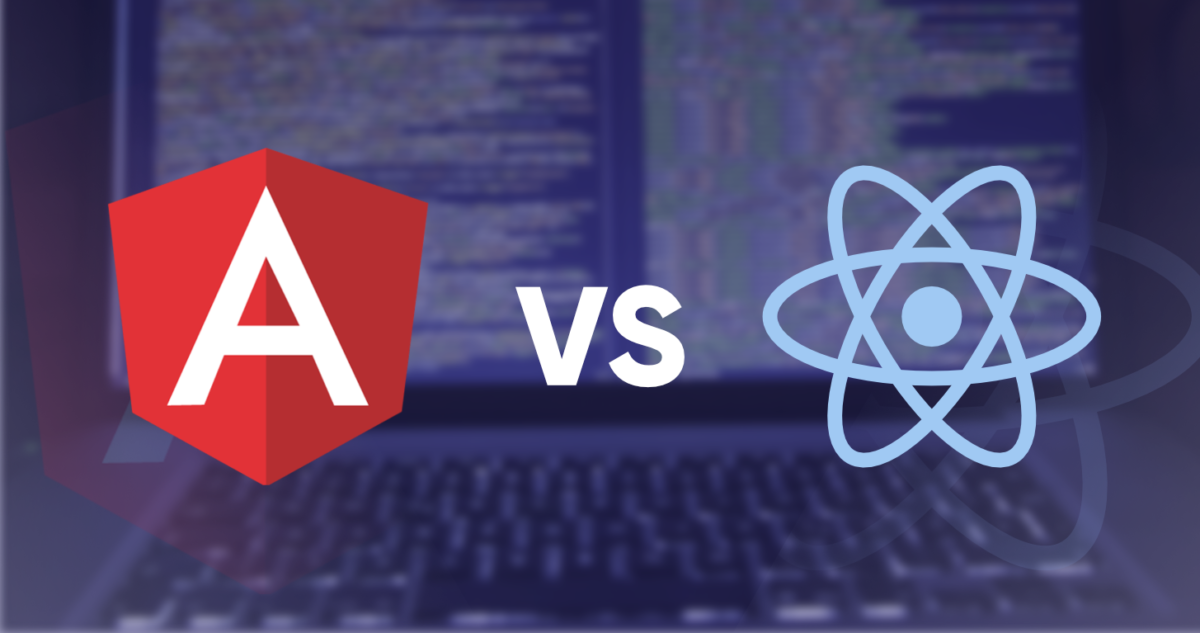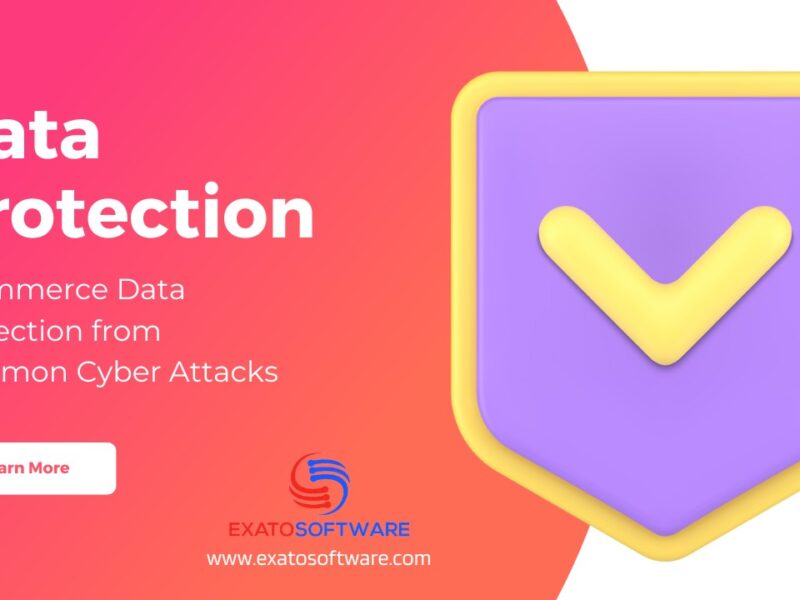The demand for software development engineers with front-end development skills has never been greater. Frontend engineers build the user interface of an app, website, or any other digital product. According to a recent survey from Indeed, there are more than one million job postings for software engineers with front-end development skills. Where does this leave you? Are you wondering whether you should learn AngularJS vs ReactJS for your career? To answer this question, let’s take a close look at the pros and cons of each front-end development framework, their market penetration, and future demand so you can make an informed decision by ExatoSoftware Full Stack Development company in USA, Australia, UAE, UK, and India
Comparison between ReactJS vs AngularJS
First, let’s compare the basic information of React vs Angular. React and Angular are both open-source and are used to build user interfaces. When you build a web app, you’ll have to decide between using React or using Angular. Both are popular frameworks used by developers to build web applications. Let’s now compare the basic information of React vs Angular. React is a JavaScript library for building user interfaces. It’s popular within the web development community because it’s well-organized, easy to use, and well-documented. Angular is a JavaScript framework for building web applications. It’s a feature-rich framework that boasts an extensive online community.
The Pros and Cons of Angular
Let’s explore the pros and cons of Angular.
Dependencies:
Angular uses one-way data flow which makes it easier to manage dependencies between modules because the data flows in one direction only. This means you don’t need to inject two-way data binding every time you want to pass information between components.
Architectural flexibility:
Flexibility is a key advantage of Angular because it allows you to choose between a couple of architectural styles like Model View Controller (MVC), Model View Whatever (MVW), or even a server-side rendered app.
Great for large-scale apps:
Angular is more suitable for large-scale apps that require an integrated user experience. It is widely used by enterprise-level organizations.
The Pros and Cons of React
Let’s explore the pros and cons of React.
A brief overview of what makes React so popular among developers is its performance. React is lightweight and faster than Angular because it doesn’t have to run a browser to render the code. It can render the code directly on the server. The app can also render a single-page app when needed.
Ease of use:
The simplicity of using React makes it suitable for beginners because they don’t have to learn a new language before they can start writing code.
Server-side applications:
React is useful for building server-side applications because it is easily integrated with any backend technology like PHP, Ruby, Python, etc.
What is Angular Great for?
Usability and consistency are the two most important features of any framework. With Angular, you have the ability to create a consistent interface for both the frontend and backend of your app, for all users regardless of device. This is something you can do with React, but it’s much more challenging. Angular gives you a consistent interface for both the front end and back end of your app. You can also create reusable components that you can use in future projects. You can reuse them for anything, like an image slider or a login form.
Reasons to Choose Angular front-end Development Framework:
Large and diverse community:
The Angular community is massive, which means it’s easy to find answers to your questions online. This also means that if you ever get stuck on a problem, there’s a good chance someone has already encountered it and has a solution.
Practicality:
Angular is a very practical framework that enables developers to easily create dynamic applications. It offers features that make it easier to develop and maintain applications. Angular also offers support for various tools and libraries that make it even more useful.
Modularity:
Angular features modularity, which means it’s possible to break down your application into smaller components. This is useful because it makes it easier to manage your application overall. It’s also beneficial because it makes it easier to reuse components from previous projects.
MVC Architecture:
One of the best things about Angular is its MVC architecture. The MVC architecture makes it easier for you to build applications. You can create reusable components and you can make it easier for people to navigate through your application.
Angular Use Cases:
Customizable User Interfaces:
You can create a user interface with a custom look and feel by using Angular. Angular enables you to create reusable components and extend them to create the user interface you want.
E-Commerce Apps:
If you’re building an e-commerce app, Angular is a good choice. This is because it features a wide range of tools that make it easier to build such an application. For instance, you can use the eCommerce module to create a store.
Single Page Applications:
If you’re building a single-page application (SPA), Angular is a good choice. This is because it makes it easier to implement routing and authentication in SPA applications.
Web Applications:
Angular is useful for building web applications. This is because it features an MVC architecture that makes it easier to build applications.
What is React Excellent for?
Performance:
React is lightweight and faster than Angular. It doesn’t have to run a browser to render the code. It can render the code directly on the server. The app can also render a single-page app when needed.
Ease of use:
React is easy to use, which makes it suitable for beginners.
Reasons to Use ReactJS
Modularity:
React features modularity, which makes it easier to break down your application into smaller components. This is useful because it makes it easier to manage your application overall. It also makes it easier to reuse components from previous projects.
Server-Side Applications:
React is useful for building server-side applications because it is easily integrated with any backend technology like PHP, Ruby, Python, etc.
Use Cases for ReactJS
Single Page Applications:
React is useful for building single-page applications (SPAs). SPAs are useful when you want to create a single-page experience for your users. This means the entire application can be accessed through a single page without the need to navigate to multiple pages.
Web Applications:
React is useful for building web applications. This makes it easier to build web applications. It features an MVC architecture that makes it easier to build applications.
Frontend Development Framework :
You can use React for front-end development. This means you can create a user interface for your application using React.
What is the Difference Between the Front-end Development Framework Angular and React?
Angular focuses on the structure of the application, whereas React focuses on the presentation. This means React front-end Development framework is best used for creating views and Angular is used for creating the overall structure of the app.
Angular offers a wider range of functionality when it comes to data binding i.e. binding data to UI components. This is because it has more features out of the box, while React has the ability to extend functionality with additional libraries.
Conclusion
In this article, we explored what makes Angular and React different from one another, and how each one stacks up against the other. We also looked at which one would be a better fit for different industries, as well as for different types of applications. In general, both are excellent front-end development frameworks, and it will ultimately come down to a matter of personal preference as to which one you would like to use. So, if you are planning to hire dedicated front end developers for your projects then Network with ExatoSoftware Full Stack Development Company in USA, Australia, UAE, and India



